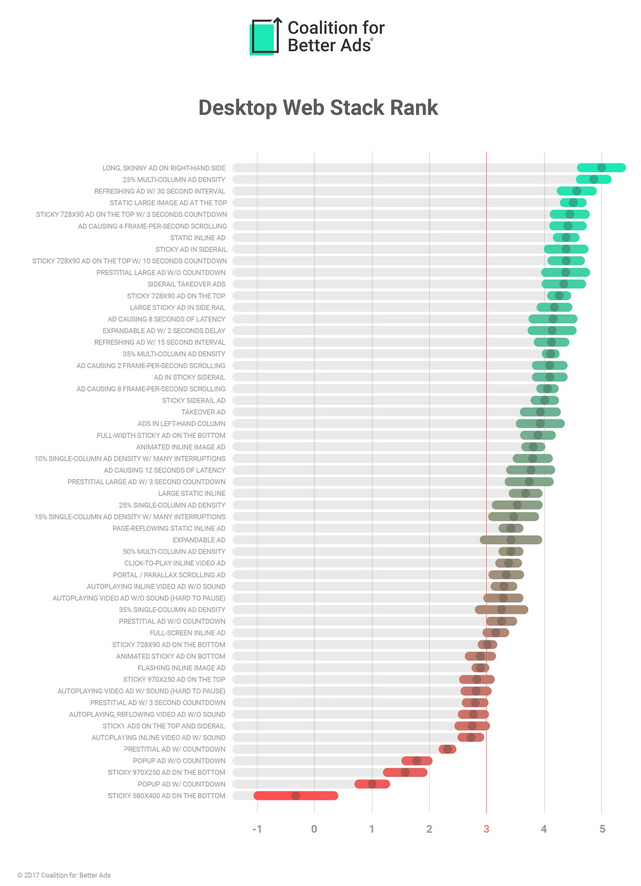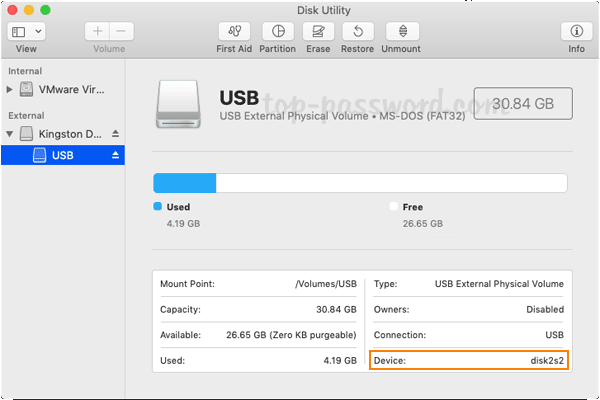
Another way to access your flash drive is by going to Finder and clicking the flash drive icon in the sidebar on the left. You can do this by going to Finder, Preferences and then General to make sure the box next to External Disks is selected. If the icon doesn’t appear, check that your Mac is set to show external drives on the desktop. Once you insert the flash drive for the first time, your Mac should automatically install the necessary driver software and a USB flash drive icon should pop up on your Mac display. Kingston offers a wide range of USB flash drives that are compatible with Mac computers, along with a helpful guide to using your flash drives safely and correctly for consistent and reliable performance.

Generally, USB storage works similarly across all platforms, but if you’re a former Windows user working on an Apple Mac computers for the first time, there may be some differences that might seem unfamiliar. However, the file system is not supported by many older systems.USB flash drives have been around for a long time but knowing how to safely and properly use one is important to keep both your flash drive and computer safe from damage. In theory, data capacity of up to 2 TB is possible, but Microsoft has limited the partition size in newer systems to 32 GB in order to promote the modern NFTS format.ĮxFAT is a further development of FAT that in principle offers unattainable storage and data capacity. The maximum data size is limited to 4 GB in the latest version FAT32.

It is not supported by many applications.įAT is a file system developed by Microsoft that is also supported by Linux and macOS.

Mac OS Extended (Journaled) with the addition that the file system can differentiate between upper and lower case (e.g. HFS+ or Mac OS Extended (case-sensitive and journaled) Windows/Linux devices are only able to read but not write on USB sticks in this format. A file system developed by Apple that is particularly suited to data media with large memory capacity.


 0 kommentar(er)
0 kommentar(er)
